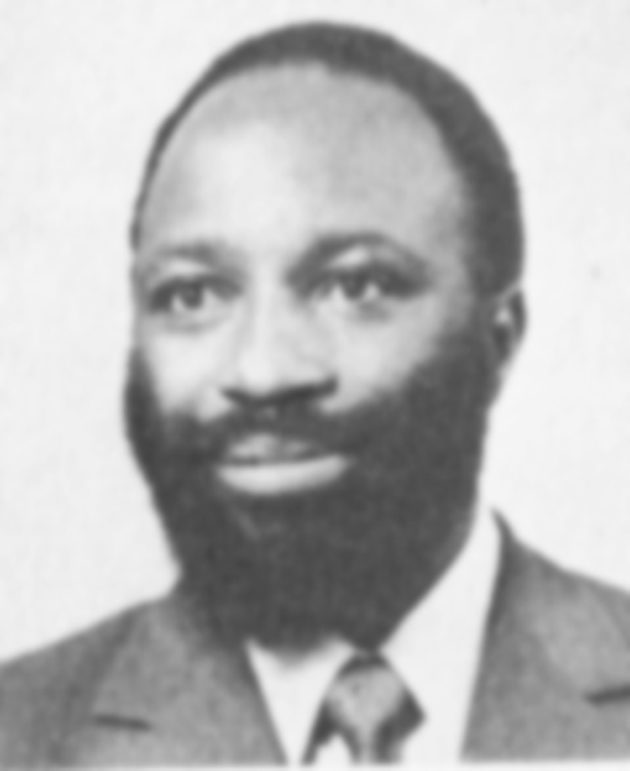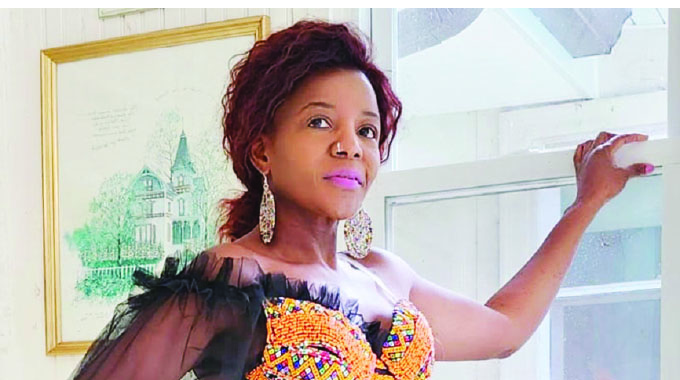49 years on: Still no closure on Edison Sithole’s disappearance

Ranga Mataire Group Political Editor
ONE of the most painful disappearances of a prominent African nationalist occurred on October 15 1975, when Dr Edison Furatidzwayi Chisingaitwi Sithole and his personal assistant, Miriam Mhlanga were kidnapped by Rhodesia Special Branch officers as he disembarked from his car at Ambassador Hotel in the then Salisbury.
Disappearances of politically active Africans were common during white colonial rule.
Anyone suspected of being a “bad influence” was targeted and in most cases would never be found again.
Prominent political players were in most cases spared as they were likely to attract international spotlight.
But as the agitation for majority rule gathered momentum around 1975, the Rhodesian government grew more and more desperate and unsettled.
It then devised a strategy of targeting prominent black nationalists either for imprisonment, assassination or forced disappearances.
This is the fate that befell the affable Dr Sithole, who at the time of his abduction was a 40-year-old lawyer after graduating from the University of South Africa with LLD and was the second black person to be admitted to the Rhodesian Bar after Dr Herbert Chitepo.
At the time of his abduction and eventual disappearance, Dr Sithole was the Publicity Secretary of Abel Muzorewa’s African National Council (ANC) and many believe had he not disappeared, the ANC would not have drifted to the right and eventually entering into a settlement with the Rhodesian regime.
Despite being fairly young, Dr Sithole had been active in almost all the pioneering nationalist movements and ended in the ANC after being in UNDP, ZAPU, ZANU and in the short-lived Pan-Africanist Socialist Union (PASU) led by Paul Mushonga who later died in a car accident.
It was probably his frank criticism of both the nationalist movement and the Rhodesian authorities that made him a target for he appeared to provide the intellectual rigour that challenged the continued existence of an illegal white minority regime.
Sadly, the Sithole family still has no closure or answers as to what happened to one of their own.
Two years ago, Zimpapers head of Knowledge Centre, Tendai Hildergrade Manzvanzvike, drew closer to solving the puzzle to the disappearance when she pieced together information she found in some texts written by former Rhodesian personnel who served in the minority regime’s intelligence system.
In her article published on April 10 2022, Manzvanzvike follows up on excerpts from a memoir, “Serving Secretly” by Ken Flower, the last Rhodesian intelligence head, in which he writes: “In October 1975, he (Dr Sithole) and his girlfriend were bundled into a vehicle outside the Ambassador Hotel in Salisbury and were not seen again.
“An eye witness, Brother Arthur of the Catholic Commission for Justice and Peace, said the deed had been perpetrated by the Special Branch.
“The subsequent investigation was inclusive, leading to widespread speculation that the bodies had been disposed of in a disused mineshaft.” (page 150).
The question that arises is why is Flower writing speculatively when he was the head of the Rhodesian intelligence?
Could it be that the Special Branch could have orchestrated the abduction without his prior knowledge?
The only plausible answer is that Ken Flower could be fearing possible legal reprisals if he were to openly and publicly express knowledge about the circumstances that befell Dr Sithole on the fateful day on 15 October 1975.
As highlighted by Manzvanzvike, Flower’s speculation finds resonance in another text, “A Brutal State of Affairs: The Rise and Fall of Rhodesia” written by two former intelligence officers, Errick Ellert and Denis Anderson who on page 213-215 state: “On the evening of 15 October 1975, Dr Edison Sithole, the publicity secretary of Muzorewa’s ANC and his secretary, Miss Miriam Mhlanga, were kidnapped outside Ambassador Hotel in Central Salisbury. Sithole was a veteran nationalist and prominent critic of the Rhodesia Front government’s plans to reach a settlement with moderate black nationalists, and it was believed that his true allegiance lay with ZANU-PF and that the liberation war was the only option.
Special Branch headquarters recommended that Sithole be detained for questioning on his political orientation, but Michael Mac (McGuinness) proposed that he be ‘snatched and turned’ in much the same as captured guerrillas, were turned.
“That plan was endorsed by several senior Special Branch officers, who agreed that Sithole would indeed prove a valuable source of intelligence if the right inducements were offered.”
The two officers say that approximately two weeks before October 15, one special branch officer had done some reconnaissance at Ambassador Hotel where Sithole was known to frequent the Quill Club, a bar for local journalists.
On the fateful day, Sithole had arrived in a BMW vehicle with his secretary and was approached by two special branch officers who introduced themselves.
Sithole was not perturbed as he had become accustomed to such encounters.
The two were escorted to a VW van parked nearby.
Several days later, the BMW was found parked and abandoned in the border town of Mutare, probably to give the impression that Sithole had crossed the border into Mozambique.
However, the truth according to the two Rhodesian officers, was that Sithole was taken to Fort of Inkomo Barracks near Harare and later transferred to Bindura for interrogation.
The plan was to re-introduce him to society as quickly as possible but unfortunately the kidnapping had been witnessed by an ardent critic of the Rhodesian government, Br Arthur Dupuis, the Organising Secretary of the Catholic Commission for Justice and Peace in Rhodesia (CCJP).
The Selous Scouts did not rule out that someone senior like the head of police, Peter Allum, who was devout Catholic, could have tipped Br Dupuis to be at the Ambassador, the night Sithole was kidnapped.
Br Dupuis immediately notified the press, which reported that Sithole had been kidnapped by the Special Branch.
The sudden glare of publicity jeopardised plans by the Special Branch to ‘turn’ Sithole and he was never again seen.
The CCJP hired a private investigator to track the whereabouts of Sithole.
A Rhodesian African Riffles (RAR) corporal, Amos Muradzike, signed a declaration of facts that he had seen Sithole inside the Fort of Inkomo.
This was dangerous information for one to know.
The CCJP flew Muradzike and an investigator to Malawi for safety.
On hearing about this development, the Special Branch liaised with the Malawian Special branch and Muradzike was arrested as an illegal immigrant.
He was never seen again. Even the investigator who had accompanied him was involved in a freaky accident and was hospitalised. All these happenings point to a co-ordinated attempt to muzzle any possible leak of information about the fate of Sithole.
While this is the possible information that clearly show that Dr Sithole was murdered by Rhodesians, what remains a mystery is the exact location of where his body and that of his secretary were disposed of.
It is clear there are still people out there who know the truth but are unwilling to do so for their own reasons.
Forty-nine years on, the Sithole family still needs closure and Zimbabweans deserve to know the truth about what exactly happened to the African nationalist who was the first black person in the entire Southern and Central African region to obtain a Doctor of Laws (LLD) degree from the University of South Africa (UNISA) in 1974.
In fact, he was the first person, regardless of race, to obtain such a high qualification in the then Rhodesia.









Comments